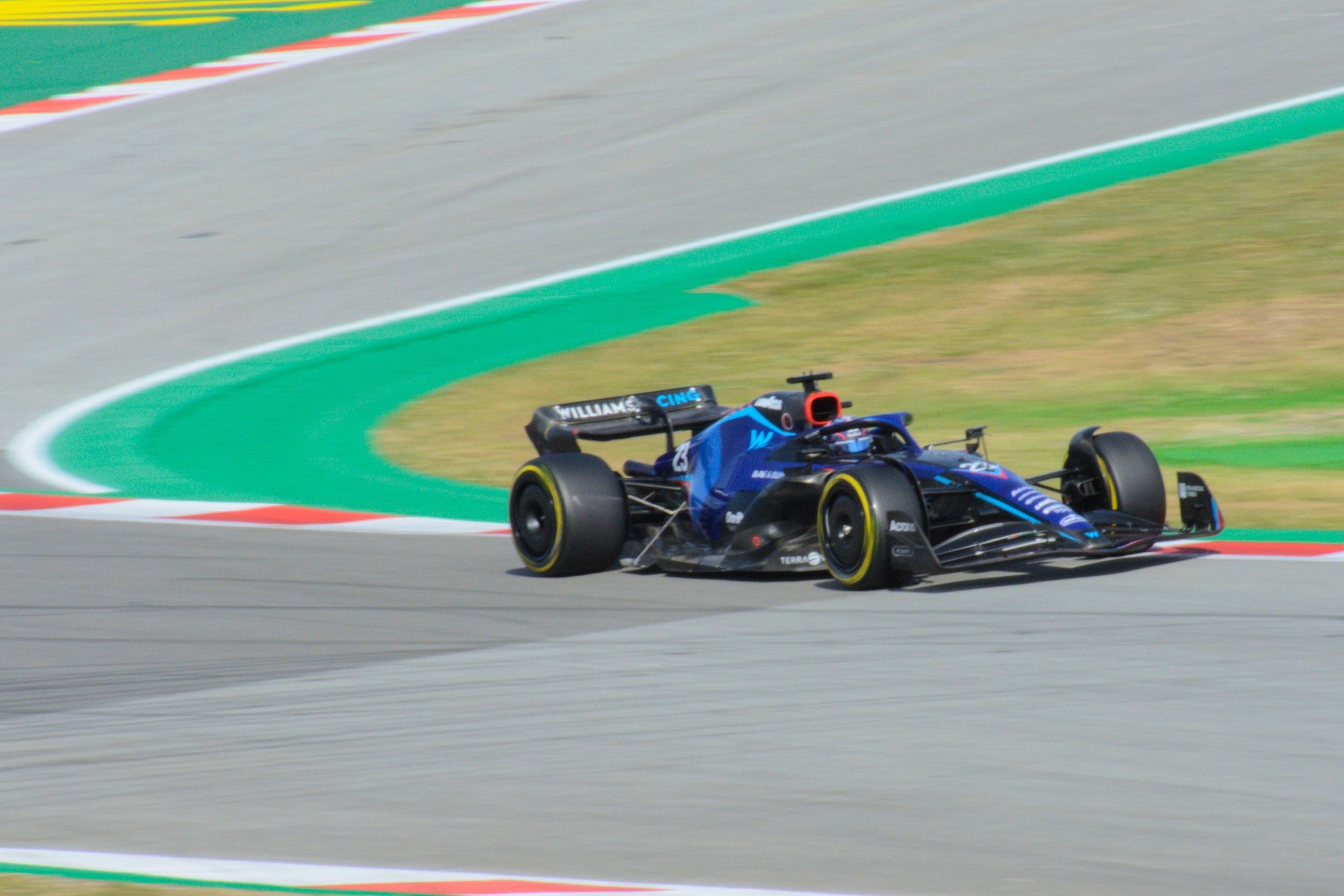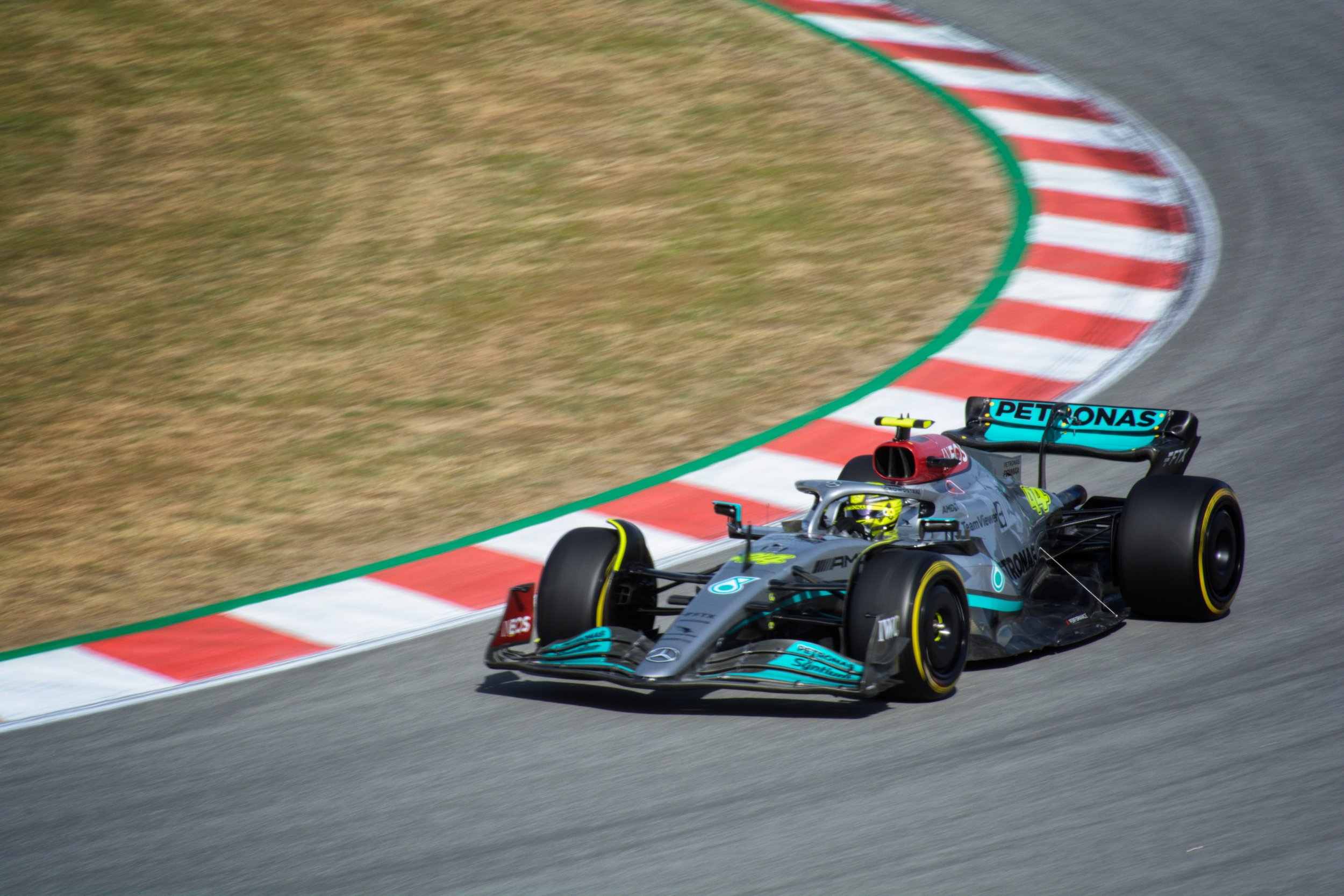Formula 1: Pirelli and some new tires for 2023— why?
With the disappearance of in-race refueling for more than ten years, understanding tires, both for maximizing traction and tire life, is the game's new name. In addition, with the sudden boom of fans worldwide hearing the same commentary and having their ears drilled every two weeks about how tires can make or break a design. A lot of the pressure for good racing has fallen in the hands of Pirelli.
This week the world received the news that Pirelli is working on new construction front tires for 2023 to better suit the new breed of heavy F1 cars. Why should they place resources on this? We must first understand Pirelli's position and how that has placed them between a rock and the pavement—again.
The death of tire wars in the 2000s brought forth a new age in Formula 1 where a single supplier had to deliver… the impossible.
Tire manufacturers were forced to juggle a weird polygon of requests and demands. From one side, you have Formula 1 management that is looking for a tire that delivers many tire strategies and options, with compounds that have a consistent feeling until a sudden performance drop-off. An extremely complicated task as Pirelli is being tasked to deliver a handicapped product. We know they have the know-how to deliver a tire that can provide outstanding performance and last the whole race distance… making racing a train formation with zero action. Additionally, tire testing and the total amount of tires to be delivered is limited throughout a race and a season, making Pirelli's job—well, insane!
On the other hand, you have teams fighting with each other to get the tire that suits their design best. They are also doing their best to extract the most out of the tires, even to the point of failure, by running minimum tire pressures and extreme alignment setups. Pirelli has been thus forced to set a super narrow tire setup window, angering teams and drivers weekend after weekend as these window changes and may benefit one team over another.
We also have the fans! Fans that are clue-less of everything happening under the table; this being the complicated game of tug Pirelli is looking to win. Still, they know three things they want: a tire that allows for close racing, overtakes, and a lot of strategy unpredictability. They also have an enormous Damocles sword over Pirelli, delivering their rath on social media if their favorite driver gets a puncture, an unexpected blowout, tire defect, or for something as simple as a boring race. Screaming total blame towards Pirelli for their defective product and ruining F1 while asking for the return of Michelin. Michelin, a company that knows better and has decided not to even bid on the lucrative market of Formula One to maintain their sanity—I don't blame them as it is playing with fire.
You have drivers, a vocal group that can rally millions of fans against the tire manufacturer if things don't go their way. They are also looking for their perfect tire that delivers optimal performance for long periods and allows them to push for a whole race without having to think about tire conservation (yuck! it even hurts writing those two words together).
Finally, you have Pirelli, which has the single goal of generating revenue. They look to accomplish this by relating their motorsport brand and achievements to their roadgoing products and getting customers to install Pzero or Cinturato road tires on their vehicles because the brand is in F1. Thus, Pirelli is forced to deliver an image of a performance brand and a risk-taking company; while walking on a thin cable, the tires they offer to F1 cannot show any fragility or lack of resilience. If this was to occur, the customer could correlate that to their roadgoing tires and stop dropping their hard-earned income on Pirelli products.
So, after all this background, we can now go back to the original conundrum; why should Pirelli invest money in a new front tire construction if their current tire is very raceable, as shown by last week's duel for the lead in Canada? The 2022 P Zero delivered on all grounds while allowing for proper racing between the two leading teams, something they have struggled to produce in previous seasons.
The current rumor is that a group of drivers and maybe teams have been struggling with an understeering condition in this year's cars that has made them unable to race to their fullest, the hated lobbying.
Why should Pirelli alter its currently winning formula? All other racing series set the tires, and teams and drivers alike must adapt to the tire, not the other way around. It is my belief that a second year with no construction changes will allow both teams and drivers to adjust their design and driving to the tires. This is of even greater importance in a world where the FIA, Pirelli, and Liberty media want to reduce their carbon footprint, and costs.
Thus, my take on the issue is "Mahomet called the hill to come to him. And when the hill stood still, he was never a whit abashed, but said; If the Hill does not come to Mahomet, Mahomet will go to the hill."
Let's leave the rules and regulations still, allowing for the water to settle, and for teams to get their design in order before we do any changes, as any change at the moment could be felt as it was tailor-made and we really don't want that—right?



